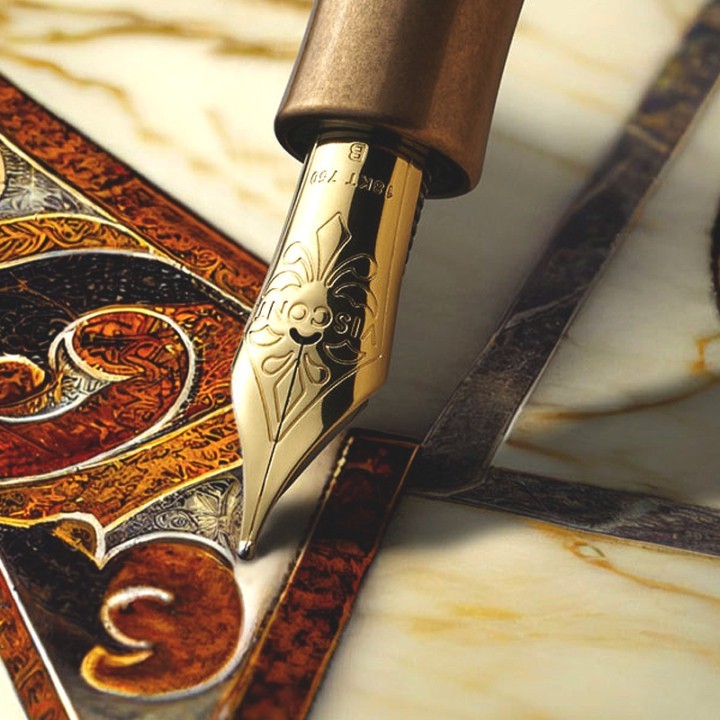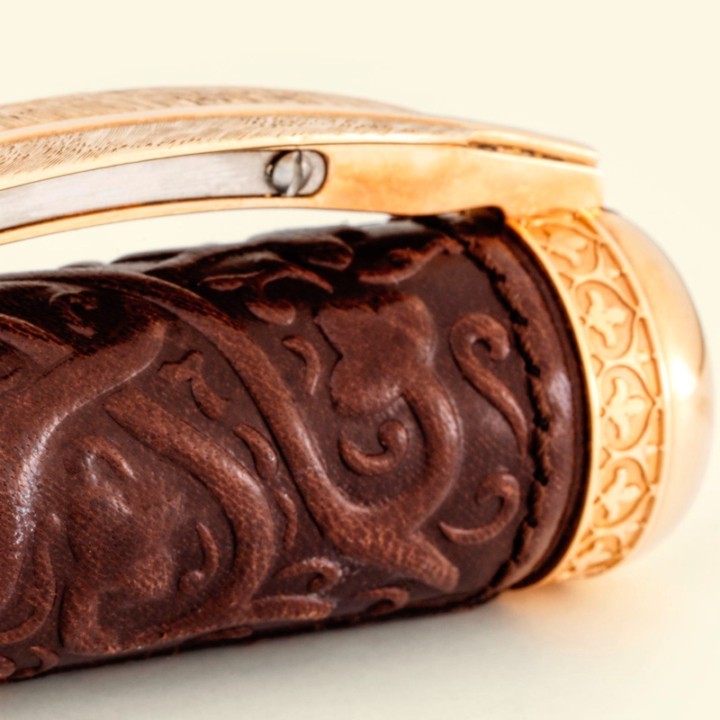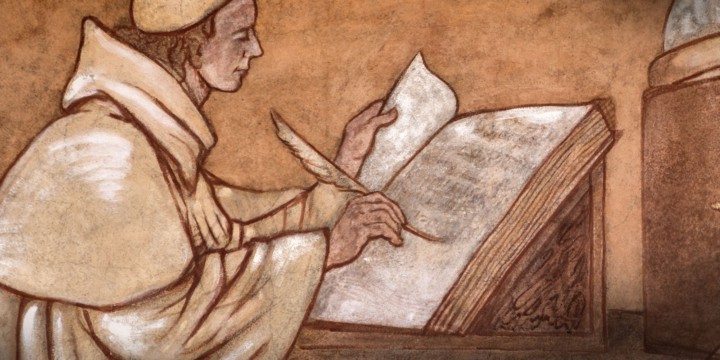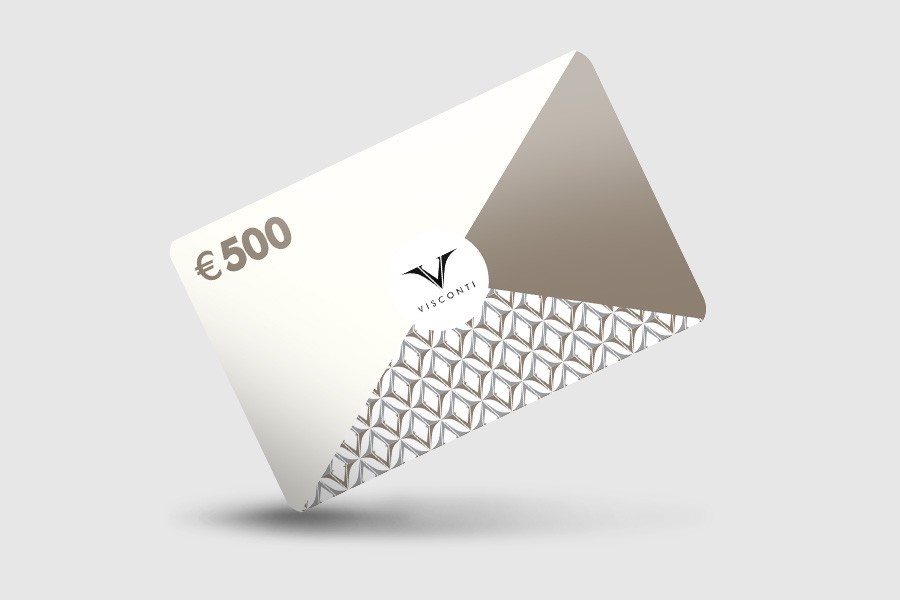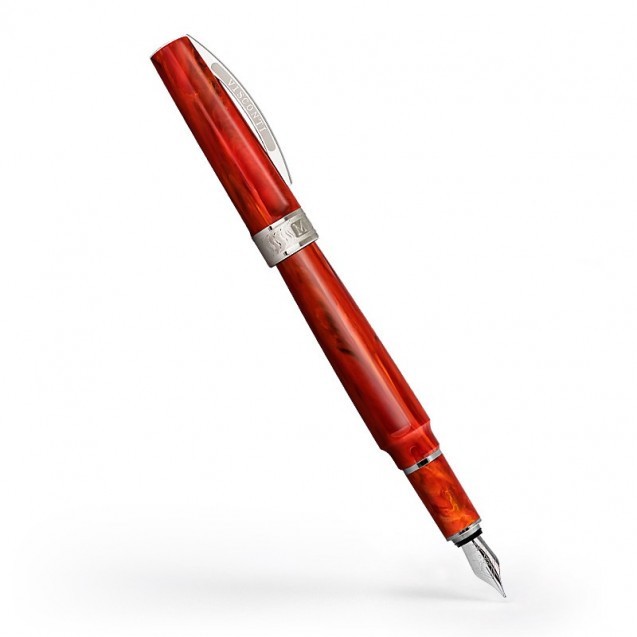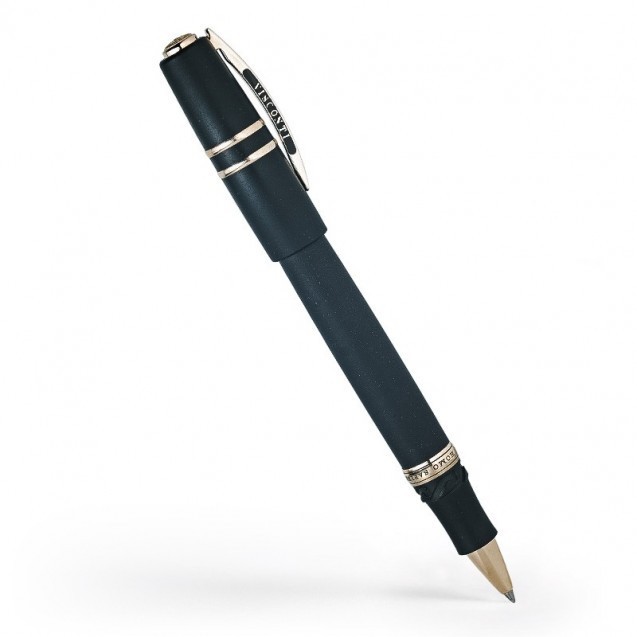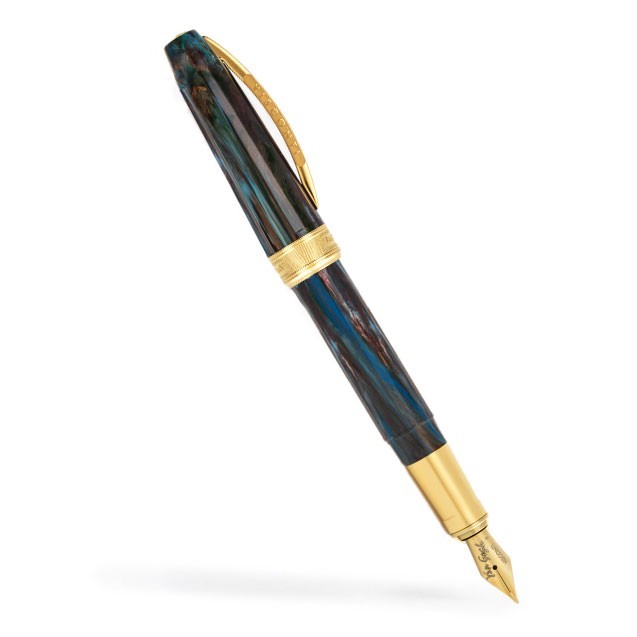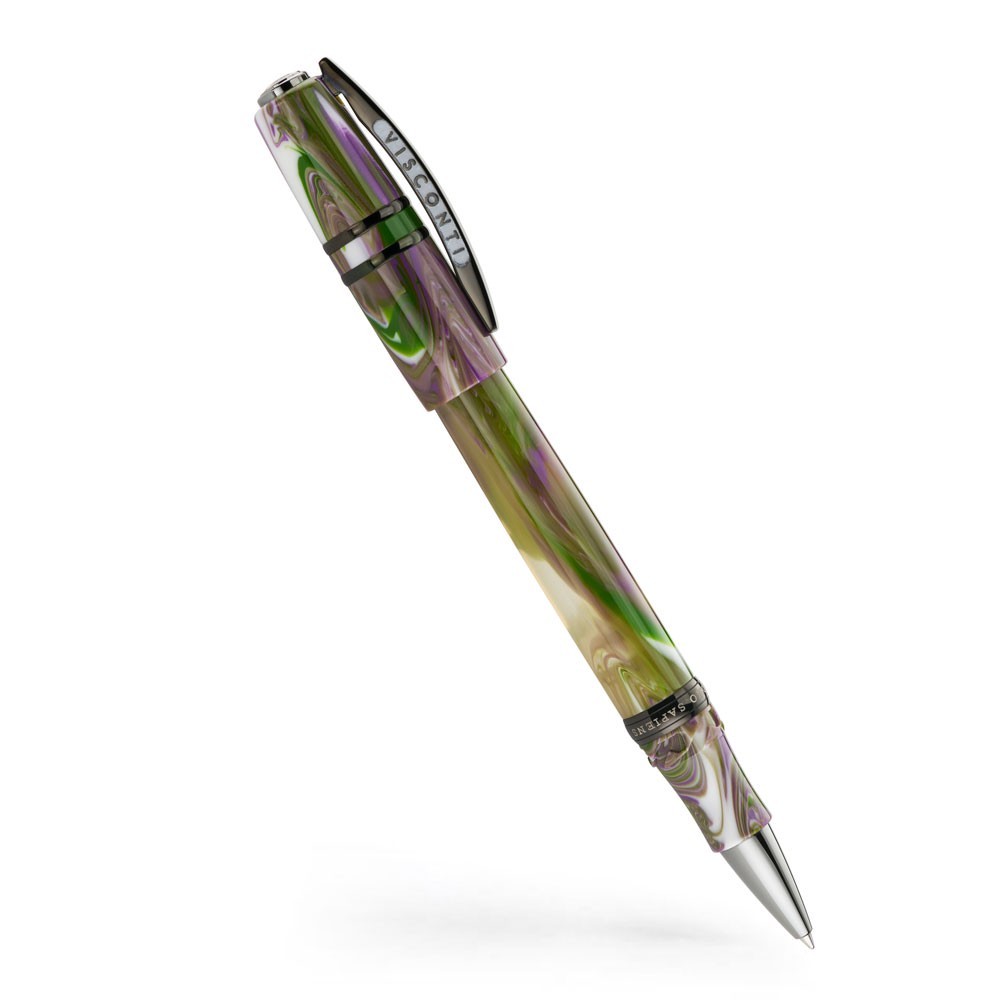As we continue our journey to discover the calligraphic styles of the past, it is now time to talk about the Carolingian minuscule and Beneventan script, two medieval variants strongly linked to the territories in which they spread. The former was, in fact, widely in use in the Frankish territories between the Rhine and the Loire. At the same time, the latter was mainly widespread in southern Italy and the Dalmatian coast under the influence of Bari.
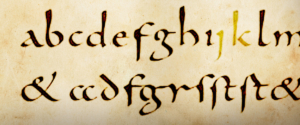
The Carolingian script: origins and history
The Carolingian or, more precisely, Carolingian minuscule script originated during the so-called Carolingian Revival, a major cultural movement promoted by Charlemagne between the 8th and 11th centuries. Given its origin in Frankish territory, it also took on the name Francisca. It was later called Antiqua by humanist scholars, who contrasted it with the more modern Gothic script, which spread from the 15th century onward. As for its origin, paleographers opt for two distinct theses: one Franco-Western, according to which the Carolingian script originated within the monastery of St. Martin of Tours, and the other Franco-Eastern, which sees the spread of this calligraphic style beginning with the Palatine School of Aachen.
Beyond paleographic considerations, to understand the wide spread of Carolingian script throughout Europe, it is essential to emphasize the decisive role played by Charlemagne’s court and its far-sighted program of promoting studies and schools. In 789, a capitular issued by the King of the Franks recommended the establishment of schools for children within bishoprics and monasteries, as well as extreme care and attention in copying sacred books, which were to be written clearly and without mistakes. The production of manuscripts in Carolingian minuscule was, in fact, pervasive, so much so that there are more than 7,000 codices from the 9th century that have survived intact to the present day, despite the approximately 2,000 dating from earlier centuries. The flourishing amanuensis activity also testifies to the increased literacy of the population of the time, primarily due to the promotion of scholastic education. Another instrumental reason for the success of this calligraphy was the number of scriptoria present in the abbeys. These were capable of producing books for their own use but also intended for other cultural centers. The possibility of having a uniform, easily readable, and orthographically correct writing style allowed books to travel far from where they were written, opening up new horizons of study and research from one monastery to another.
Characteristics and local variants of the Carolingian script
Benedictine monks in French abbeys transformed the cursive minuscule into a new calligraphic style characterized by a regular, harmonious shape with curved, sinuous lines. Each character was more precise and accurate than the past scripts, and some letters, such as “a” and “t,” were simplified to distinguish them more easily. Carolinian calligraphy quickly became very successful, not only because of the changed socio-cultural context in which it developed but also because of its stylistic features that made it easily replicable and legible. Indeed, the amanuenses were able to speed up the process of transcribing classical and liturgical texts, giving a major boost to the spread of classical culture in the early medieval period.
One of the best-known local variants of scripts is associated with the use of the Carolinian script in Rome and Latium. In the wake of the spread of the Uncial majuscule in that territory in previous centuries, a typification habitually called Romanesque minuscule took hold. It was marked by a more pronounced right-hand slant and larger, squarer letters.
The Beneventan script
Moving from France to southern Italy, we discover the Beneventan script, which spread in this territory between the 8th and 13th centuries, particularly in the Duchy of Benevento, where it reached its most significant expansion. According to many scholars, its origin is traced back to the Benedictine Abbey of Montecassino, where it was consolidated and then spread like wildfire to the other Benedictine centers of southern Italy and the Dalmatian coast.
The Bari and Cassinese typifications
As early as the 10th century, Beneventan calligraphy had well-defined features, such as fluid hatching, rounded letters, and numerous ligatures, for example, between the letters “e” and “r” or “r” and “i.” In addition, it should be noted that Beneventan possessed many elements in common with the Visigothic and Merovingian scripts, probably because all three shared a common origin in Roman writing.
Beginning in the 11th century, the Bari typification of the Beneventan script became widespread, distinguished by larger, more rounded letters, smaller rods, and a thinner, more uniform stroke. This calligraphic variant was also widely used in Dalmatia, where numerous Benedictine monasteries existed until the 13th century. A little further north of Bari, precisely at Montecassino, there was a strong resurgence of amanuensis activity that led to the establishment of the Cassinese typification, which, in contrast to the Bari one, had very thick strokes toward the left but very thin strokes toward the right, as well as horizontal connecting strokes that gave the impression that a single large line crossed the words.
The decline of Beneventan script began with the arrival of the Normans and the spread of Cistercian abbeys in southern Italy, which gave way to Late Carolingian and Gothic calligraphy. The first vernacular texts written in Late Carolingian or Gothic scripts appeared between the twelfth and thirteenth centuries. However, most texts were still in Latin and predominantly written in Beneventan. All this demonstrates that Beneventan script was bound to the classical tradition and deemed unsuitable to be the source of expression of the new language of the people.
For those who wish to experience the thrill of writing like an amanuensis of the past, it is possible to practice Carolingian and Beneventan calligraphy by relying on iconic instruments such as Visconti fountain pens representing the perfect union of functionality and prestige. Thanks to the craftsmanship of the Visconti artisans, each pen is unique and brings a touch of elegance to any situation. The nibs come in different materials, from 18kt gold to steel, and sizes, making them ideal for those who want to rediscover the pleasure of writing by hand or test their calligraphy skills.


